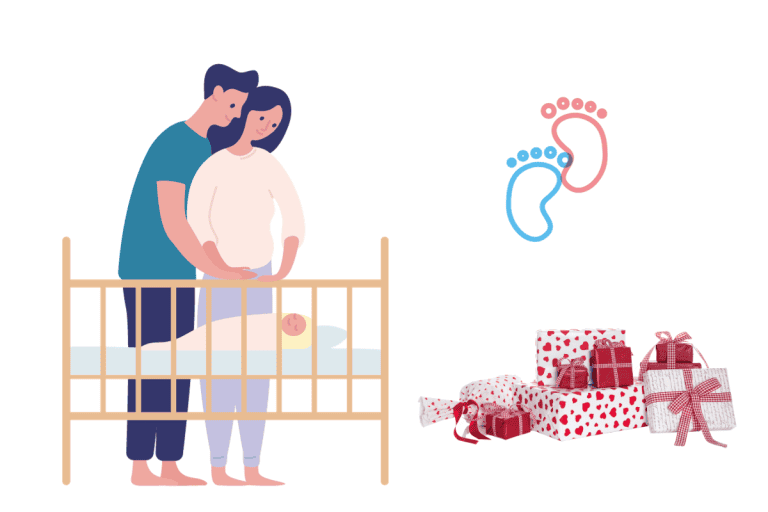Kids Dirt Biking Safety: Essential Skills for Dirt Bike 7 Key Tips
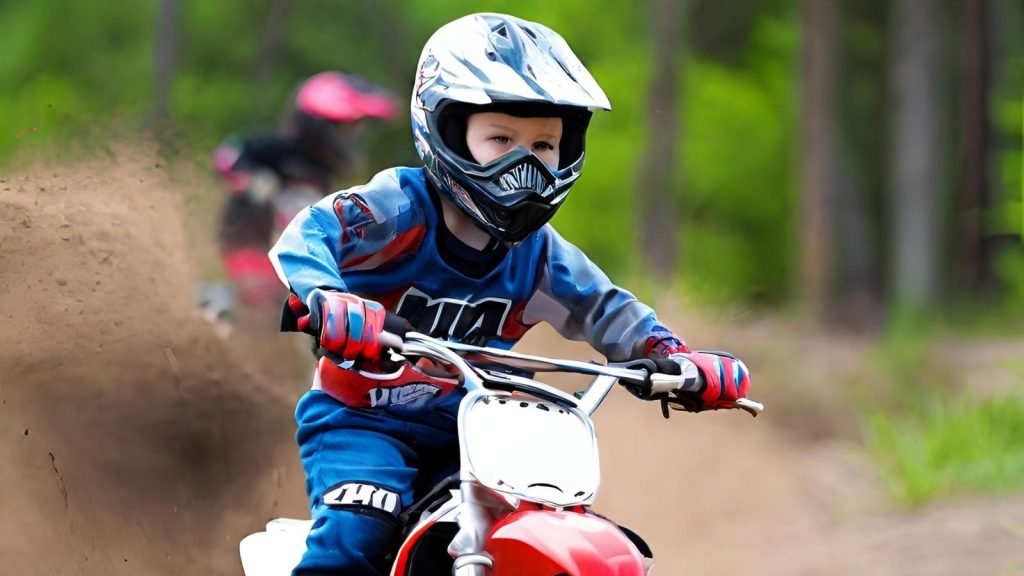
Are you committed to ensuring that kids are safe while they enjoy dirt biking? This exciting sport can give your kids an adrenaline rush but also involves potential dangers.
Kids dirt biking safety guide provides essential tips and skills to ensure safe and confident riding. You will learn to select the right bike and gear, master proper techniques, create a safe environment, and more. Following these guidelines, you can turn dirt biking into an exciting yet protected family adventure. Keep reading to find out how.
Key Takeaway – Kids Dirt Biking Safety
- Choose the right size bike for the child’s age and height and get proper safety gear, such as a DOT-approved helmet, goggles, boots, gloves, and body armor.
- Teach safe riding techniques like starting/stopping, turning, and navigating different terrains. Enroll kids in lessons and supervise rides closely.
- Prepare a safe riding environment by choosing appropriate trails, clearing debris, setting boundaries, and enforcing safety protocols.
- Common injuries include fractures, head/neck injuries from falls, and overuse injuries to arms/legs. Prioritize safety to minimize risks.
Understanding the Risks (Injury Statistics)
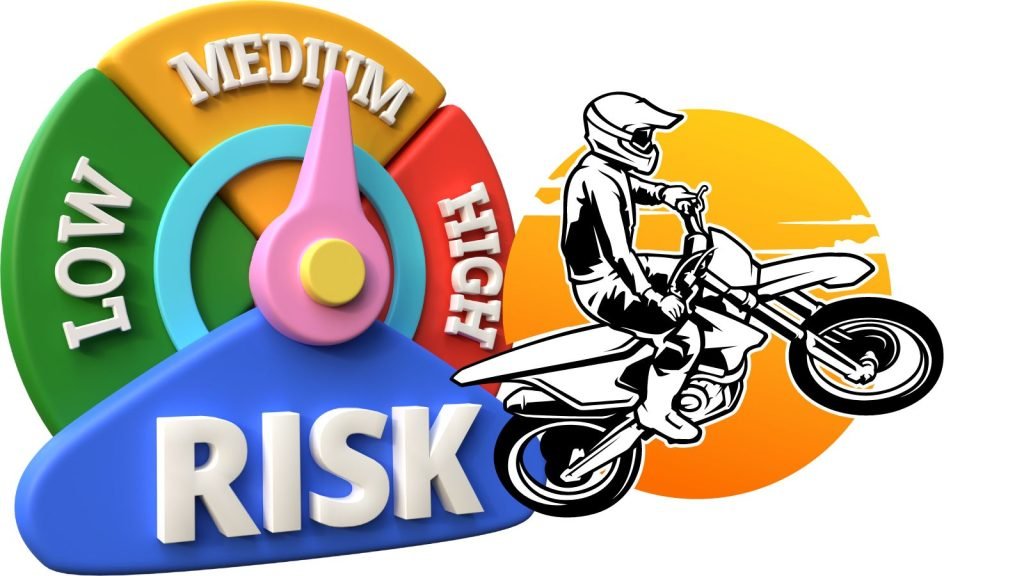
Common Dirt Biking Injuries for Kids
Riding dirt bikes comes with inherent risks, especially for young riders. Common injuries among children who ride include fractures, particularly in the arm, wrist, ankle, and collarbone regions.
These injuries often occur when a child loses bike control and falls. Some incidents may even require surgery to repair damaged bones or internal organs in severe cases.
Statistics on Accidents and Injuries
The U.S. has reported that approximately 64% of dirt bike accidents involve children under 18. Moreover, motocross and off-road riding contribute significantly to these incidents. While exhilarating, dirt biking is dangerous if proper safety measures aren’t followed.
Why Safety Should Be a Top Priority
It is extremely important to prioritize safety when riding dirt bikes, as accidents can result in serious injuries or even fatalities. Children are more vulnerable to harm due to their smaller frames and developing bodies.
It is best to provide appropriate safety gear, training, and supervision to minimize risks and encourage responsible riding habits from a young age.
Choosing the Right Bike
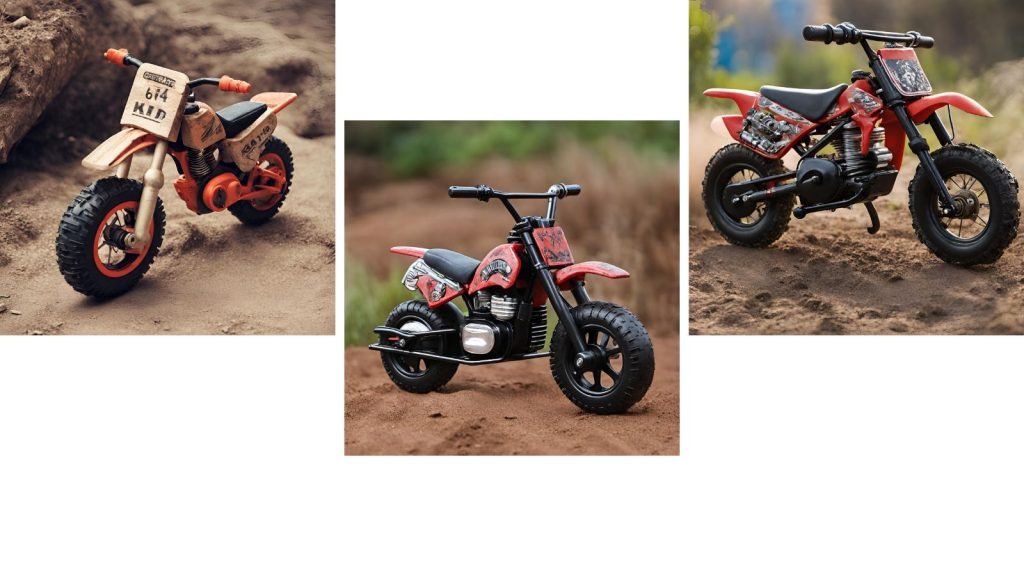
Factors to Consider When Selecting a Dirt Bike
Selecting the right dirt bike for your child is essential for their safety and enjoyment. The age and size of the rider are important factors to consider, as bikes that are too powerful or too large can be challenging to handle.
When choosing a dirt bike for your child, striking the right balance between power and size is crucial.
Furthermore, your child’s experience level should also be considered – beginners may benefit from smaller engines and user-friendly features. Electric or gas-powered options offer distinct riding experiences.
Age and Size of the Child
Children under six should learn to ride on non-motorized bikes or bikes with training wheels. Kids aged 6 to 11 can typically ride small automatic dirt bikes, while those aged 12 to 16 can handle larger manual transmission models as their skills progress.
Experience Level
Novice riders should start with smaller engines (50-110cc) with lower speeds and easier clutch/brake control. More advanced riders may consider larger engines (125cc+) with advanced features and increased power.
Electric vs. Gas-Powered Options
Electric dirt bikes are ideal for beginners due to their quiet operation, exhaust-free nature, and simplicity. However, experienced riders prefer gas bikes for their longer ride times and more torque.
Benefits of Electric Dirt Bikes for Kids
Electric dirt bikes are now a safer, eco-friendly alternative for young motocross enthusiasts. They eliminate concerns over loud noise, noxious fumes, and complex operations like changing gears – additionally, the instant acceleration and regenerative braking boost rider confidence.
Proper Bike Maintenance and Inspection
Performing regular mechanical checks is vital for all types of bikes. This includes monitoring tire pressure, brake functionality, chain lubrication, and potential safety issues. Keeping the bike in good condition reduces breakdown risks during rides.
Essential Safety Gear
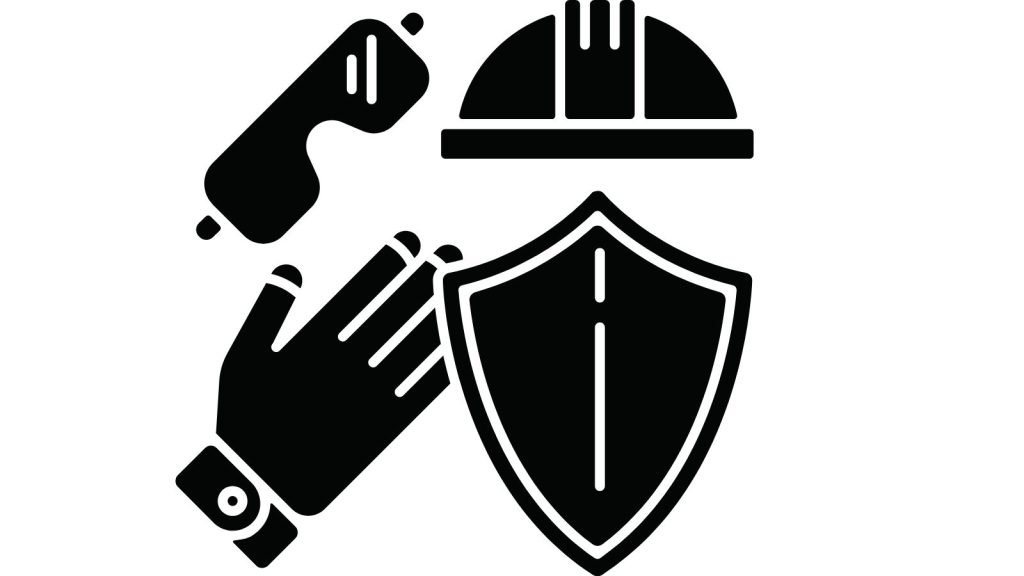
Helmet Selection and Fit
Protecting your child’s head is of utmost importance when riding dirt bikes. A properly fitting, full-face helmet is essential for motocross or off-road use.
The helmet should meet safety certifications like DOT or Snell and have a secure strap with an adequate padding system. It is also important to ensure that the helmet is appropriately sized for your child’s head so that it stays in place during impacts and does not obstruct their vision.
Protective Gear (Goggles, Gloves, Boots, Body Armor)
Children need to wear full-coverage safety gear in addition to helmets. Goggles can protect their eyes from dirt, rocks, and branches. Gloves with knuckle protection can prevent hand injuries, while over-the-ankle boots with grip soles can stop feet from slipping off pegs.
Body armor such as a jacket, pants, and chest/back protectors can absorb the impact forces. It’s important to use high-quality safety equipment to ensure maximum protection.
Importance of Wearing the Right Gear
It is essential to wear properly fitted safety gear when riding dirt bikes. This is non-negotiable. The right protection significantly reduces the risks of fractures, joint injuries, cuts, and road rash in case of an accident.
It takes only one fall at high speed on rough terrain for improper gear to result in devastating injuries. It is important to ensure that your child wears full safety gear when riding a dirt bike.
Safe Riding Techniques
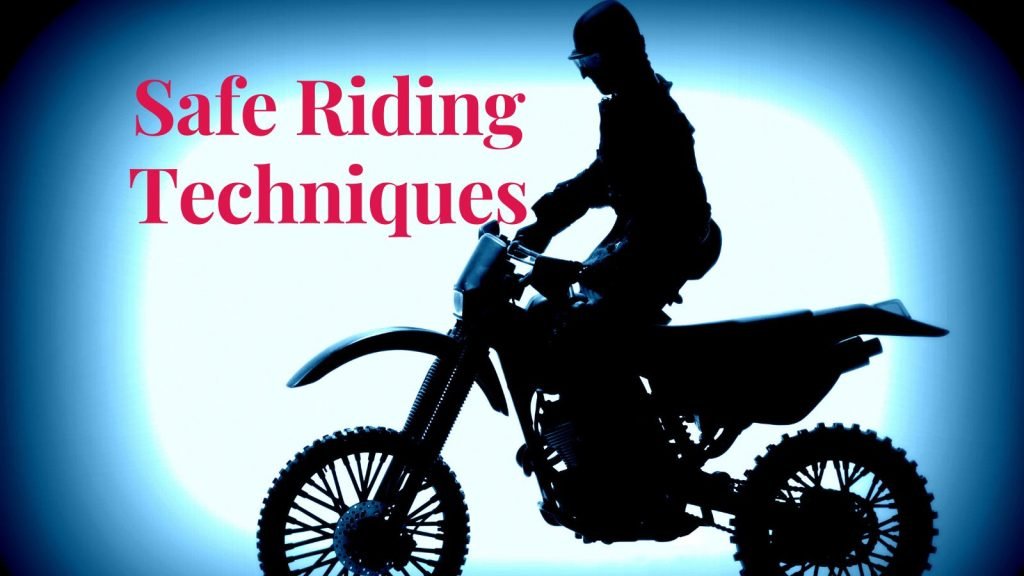
Starting and Stopping Practices
Learning how to start and stop properly is essential for safe dirt biking. Children should be taught how to use the clutch and brake correctly when launching and coming to a halt.
For beginners, it’s recommended to practice starting and stopping on flat, debris-free ground first. Once their skills improve, they can start practicing on inclines and learn to brake aggressively but in a controlled manner to build their technique.
Turning and Maneuvering
When riding a dirt bike, it’s important to make turns using a combination of body movements and handlebar inputs. It’s helpful to teach kids to shift their weight toward the turn while keeping their heads up and looking through the curve. By mastering tight turns and quick directional changes, they can prevent sliding out or crashing.
Navigating Different Terrains
The safe operation of dirt bikes varies depending on the environment. When riding on off-road trails with roots, rocks, and varying terrain, it’s important to use different body positioning and throttle control techniques.
Conversely, precise techniques are required when riding on motocross tracks with large jumps and corners. It’s important to build up your skills gradually and only advance to more challenging terrain as your abilities progress.
Riding in Groups or Solo
While riding dirt bikes solo allows freedom, group rides promote safety, too. Riders can watch for hazards in a group and assist if issues arise. However, groups require maintaining ample spacing, communicating intentions, and increased awareness of other riders’ positions. Both modes have merits when practiced properly.
Training and Supervision
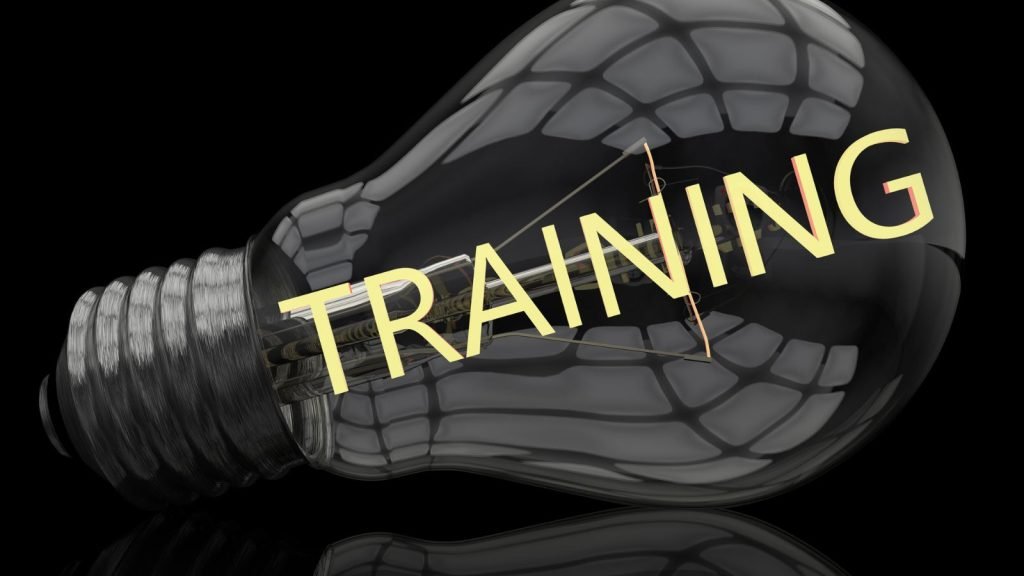
Enrolling in Dirt Biking Lessons or Camps
When introducing kids to dirt bikes, seeking professional guidance is invaluable. Enrolling them in dirt biking lessons or summer camps led by seasoned instructors ensures they learn proper techniques like body positioning, throttle, clutch control, turning, and braking in a controlled, supervised setting.
For a comprehensive guide on starting dirt biking for kids, refer to Start Dirt Biking for Kids: A How-To Guide.
These structured programs build a solid skill-level foundation for safe off-road or motocross adventures.
Importance of Adult Supervision
No matter a child’s experience level, vigilant adult supervision is non-negotiable when riding dirt bikes. A watchful eye can prevent accidents, provide instant assistance if needed, reinforce safety rules, identify risky behaviors, and keep situations under control. Don’t let young riders hit the trails unsupervised.
Setting Boundaries and Rules
Establishing clear guidelines is key to keeping kids safe on dirt bikes. Set reasonable speed limits and specify approved terrain types they can handle.
Proper safety gear, such as helmets, goggles, gloves, and boots, is an absolute requirement. As skill levels increase, gradually allow riding more challenging trails. Consistent enforcement builds discipline and responsibility.
Dirt Bike Safety Tips

Pre-Ride Checks and Maintenance
Before every ride, perform a thorough pre-ride check on your dirt bike. Ensure the tires are properly inflated and have sufficient tread.
Check that the brakes are working correctly and the throttle is smooth. Inspect the chain, cables, and fluids. Keep up with regular maintenance like air filter replacements and engine servicing. A well-maintained bike is a safer bike.
Respecting Trail Rules and Regulations
Adhering to all posted rules and regulations is paramount for safety when riding dirt bikes on designated trails or tracks.
Obey speed limits, stay on marked paths, and yield to other riders. Many areas prohibit motocross activities or have noise regulations. Familiarize yourself with local policies to avoid citations and minimize environmental impact.
Handling Emergencies and Crashes
Even with safety measures, accidents can still happen when riding dirt bikes. Be prepared by always carrying a cell phone, basic tools, and a first-aid kit. If a crash happens, don’t panic.
Signal for assistance, administer first aid for any injuries, and move yourself or your bike off the trail when possible. Report emergencies promptly. Remaining calm and knowing emergency protocols safeguard everyone’s well-being.
Creating a Safe Environment
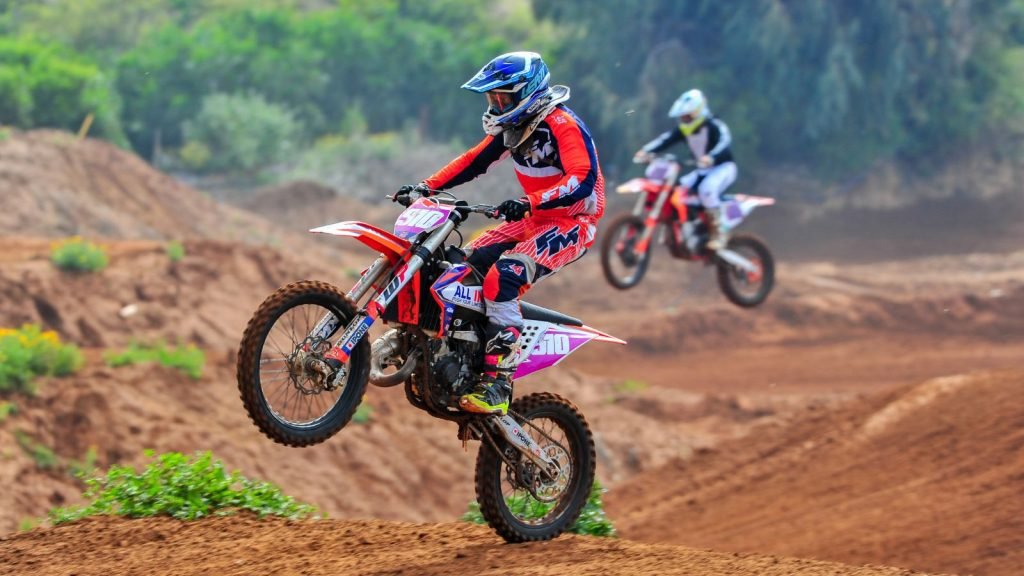
Choosing Appropriate Riding Areas
Where kids ride dirt bikes significantly impacts safety. Opt for designated off-road vehicle areas with marked trails suitable for their skill level.
Avoid places with high vehicular traffic or unfenced hazards like waterways. For beginners, a wide open field free of obstacles is an ideal practice terrain. As experience grows, introduce more challenging but still age-appropriate trails.
Preparing the Terrain
Beyond selecting a safe area, taking steps to prepare the terrain enhances safety. Clear any debris, such as fallen branches or loose rocks, that could cause crashes.
Use rakes or shovels to smooth out large bumps that could destabilize small bikes. Designate boundaries with cones or flags to mark off-limits zones. A well-groomed course minimizes surprises.
Establishing Safety Protocols
Every good riding spot needs safety protocols. Assign a marshal to oversee activities and enforce rules. Set a policy requiring all riders to wear helmets and other protective gear. Establish a maximum speed limit and punishments for non-compliance.
Have a first-aid kit and emergency numbers on hand. Implementing and reinforcing such protocols fosters a safer environment.
Summary
Dirt biking offers an adrenaline-fueled experience for kids, but safety should always come first.
By selecting the right bike and gear, teaching proper techniques, providing training and supervision, following key safety tips, and creating a controlled environment, you can responsibly minimize risks and nurture your child’s passion.
Implement these essential measures to keep your young riders safe while allowing them to enjoy the thrill of off-road adventures.
Frequently Asked Questions
What Size Dirt Bike Is Best for Kids?
Ages 3-5: 50cc. Ages 5-10: 65-85cc. Ages 10+: 85cc and up. Ensure it fits their size and skill level.
What Age Can Kids Start Dirt Biking?
Most experts recommend starting between ages 3-5 with smaller bikes and proper gear, depending on maturity level.
How Can I Keep My Child Safe When Dirt Biking?
Use a DOT-approved helmet, goggles, boots, gloves, and pads. Supervise beginners closely. Start on easy trails. Take riding lessons.
Are Electric Dirt Bikes Safer for Kids Than Gas Bikes?
Electric bikes can be quieter and have less vibration, but they still require proper gear and supervision. Lighter weight may be easier to handle.
What Are the Most Common Dirt Biking Injuries for Kids?
Cuts, bruises, sprains, broken bones, head/neck injuries from falls/collisions. Overuse injuries to arms/legs from vibrations.


